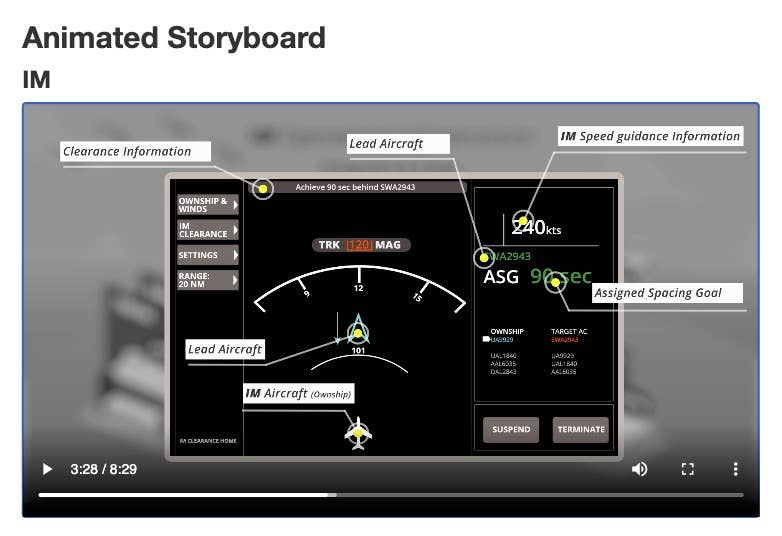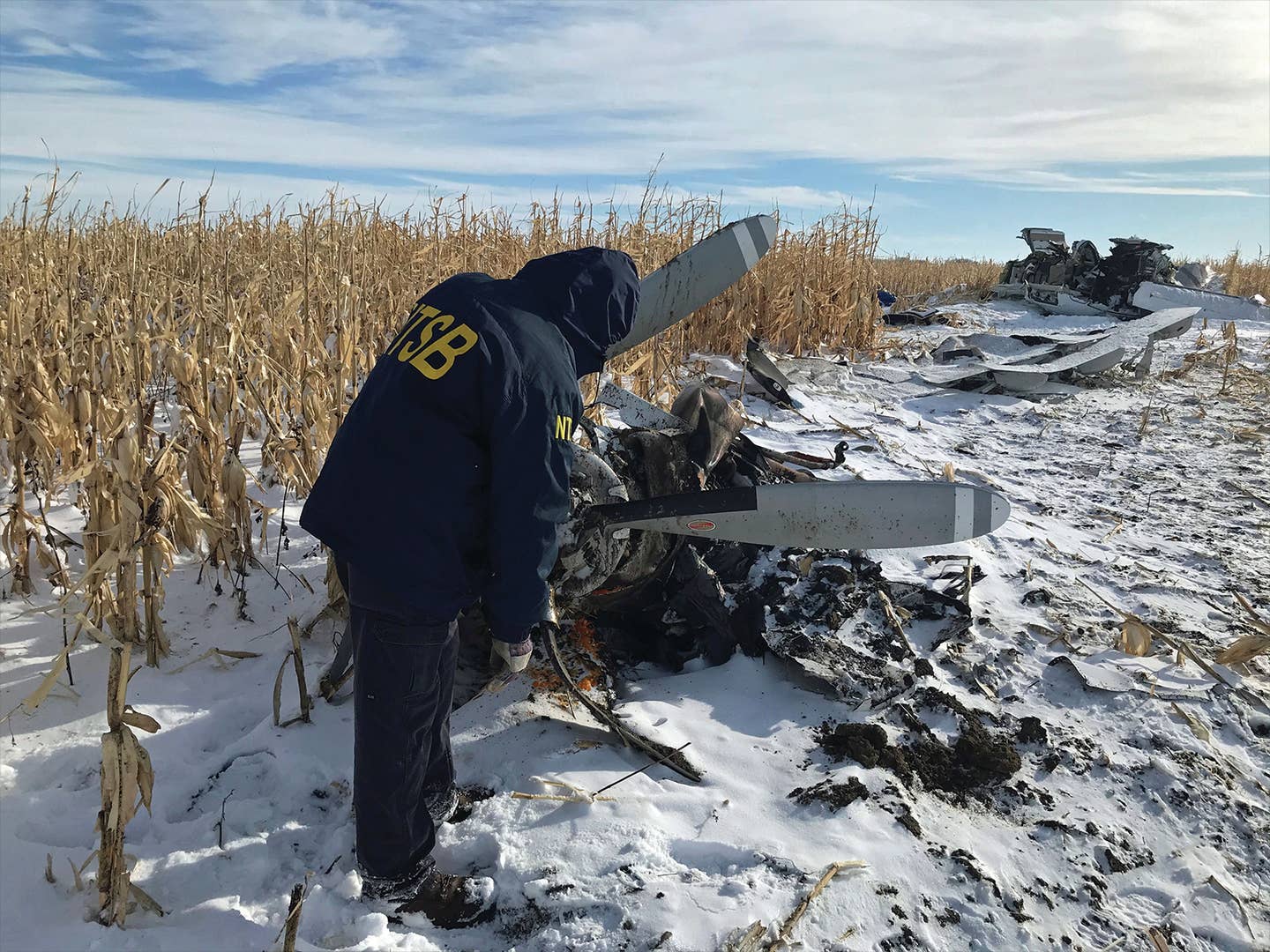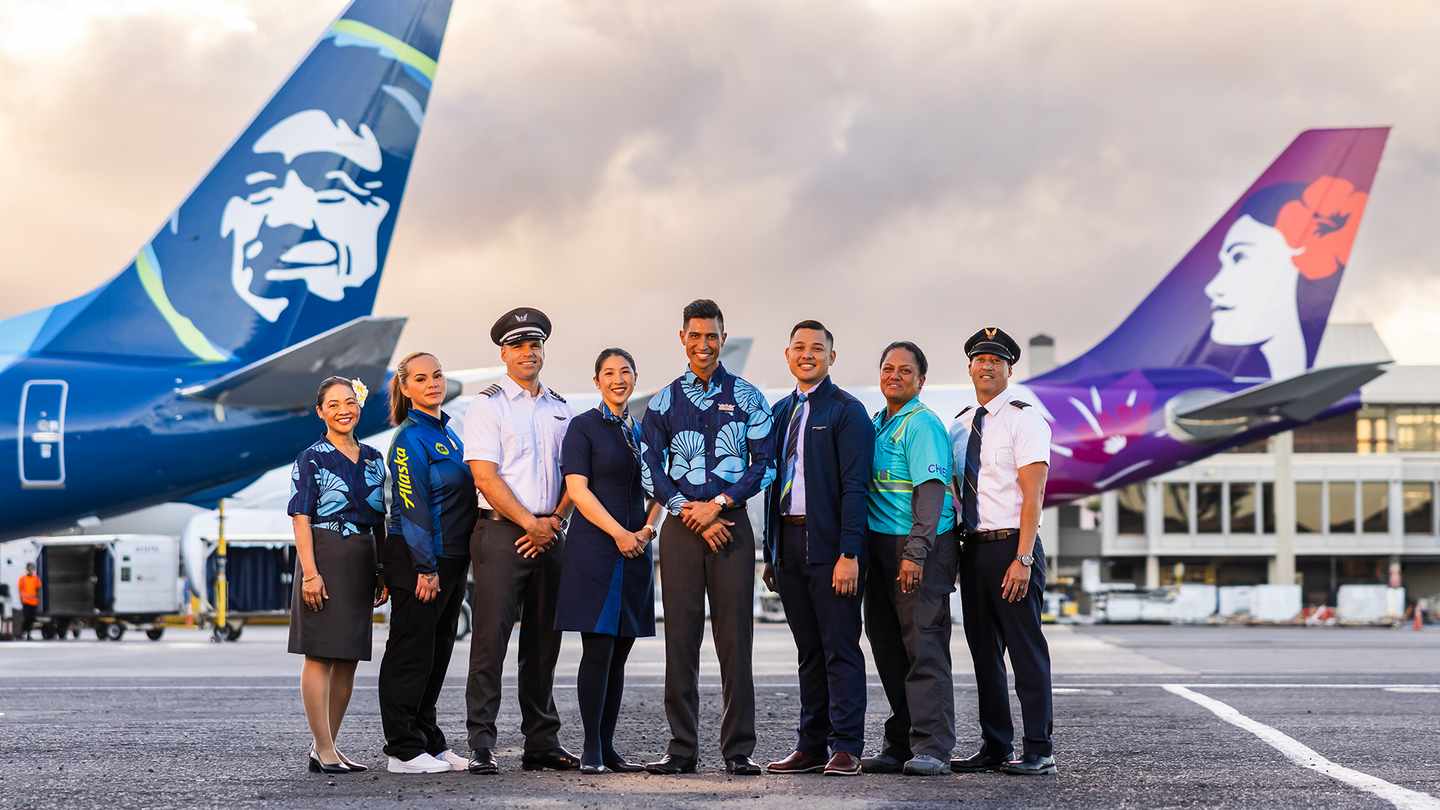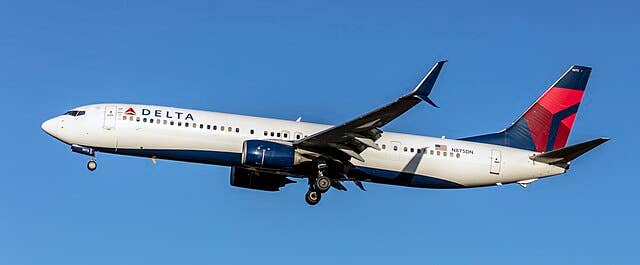‘Interval Management’ Technology Set To Make Its Real-World Introduction
Real-world operational trials of so-called Interval Management (IM) procedures are set to begin with flights into and out of Dallas Fort Worth International Airport (DFW). The FAA has partnered with…

The cockpit display for “Interval Management” technology provides flight crews with precise speed targets to maintain desired separation from aircraft ahead of them on the approach path.
Real-world operational trials of so-called Interval Management (IM) procedures are set to begin with flights into and out of Dallas Fort Worth International Airport (DFW). The FAA has partnered with American Airlines over the past few years to certify and install ADS-B In avionics on AA’s fleet of Airbus A321 single-aisle airliners. The trials involve Albuquerque airspace and will continue for one year to gather data.
IM technology uses GPS precision coupled with Automatic Dependent Surveillance-Broadcast (ADS-B) receiver-transmitters to reduce the in-trail separation intervals for enroute aircraft as well as those on approach to busy airports. Similar to GPS-enabled Reduced Vertical Separation Minimums (RVSM), which for years have allowed aircraft to fly within tolerances as close as 1,000 feet vertically (compared with 2,000-foot separations before precise onboard navigation reporting), IM procedures will enable more aircraft to access airspace and airports in less time, increasing efficiency, reducing fuel burn, and thus reducing carbon emissions.
The FAA has been offering guidance on the technology through a series of animated storyboards. Heavy with acronyms and initializations, the presentations show how precise data from ADS-B is shared by not only controllers, but also by flight crews to enable closer separation intervals. Trailing aircraft are presented with target speeds that they can use to ensure the required separation. Rather than air traffic control guessing where incoming traffic will end up at approach points, the technology enables better control of spacing, without the need for speeding up or slowing down that increases fuel burn.






